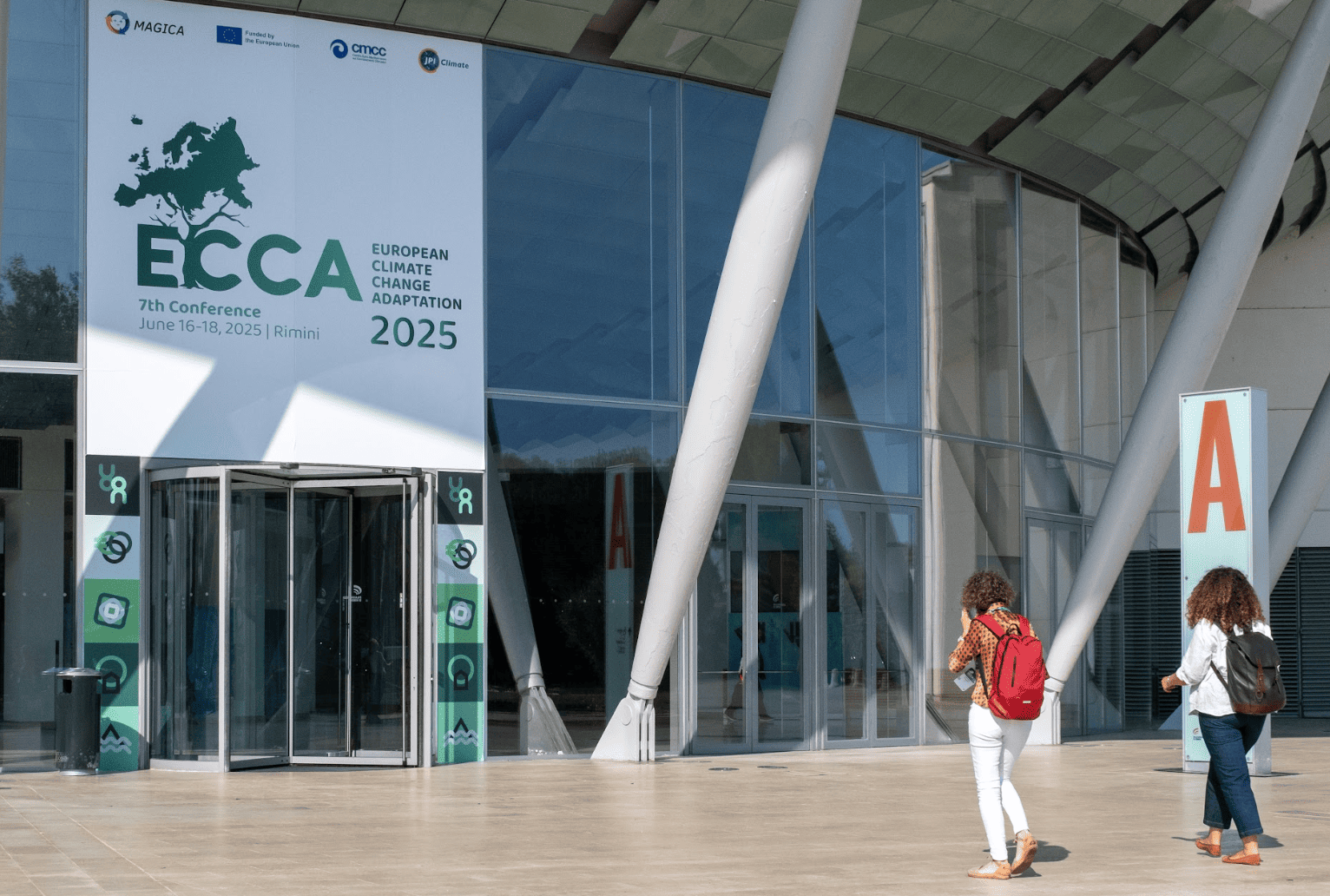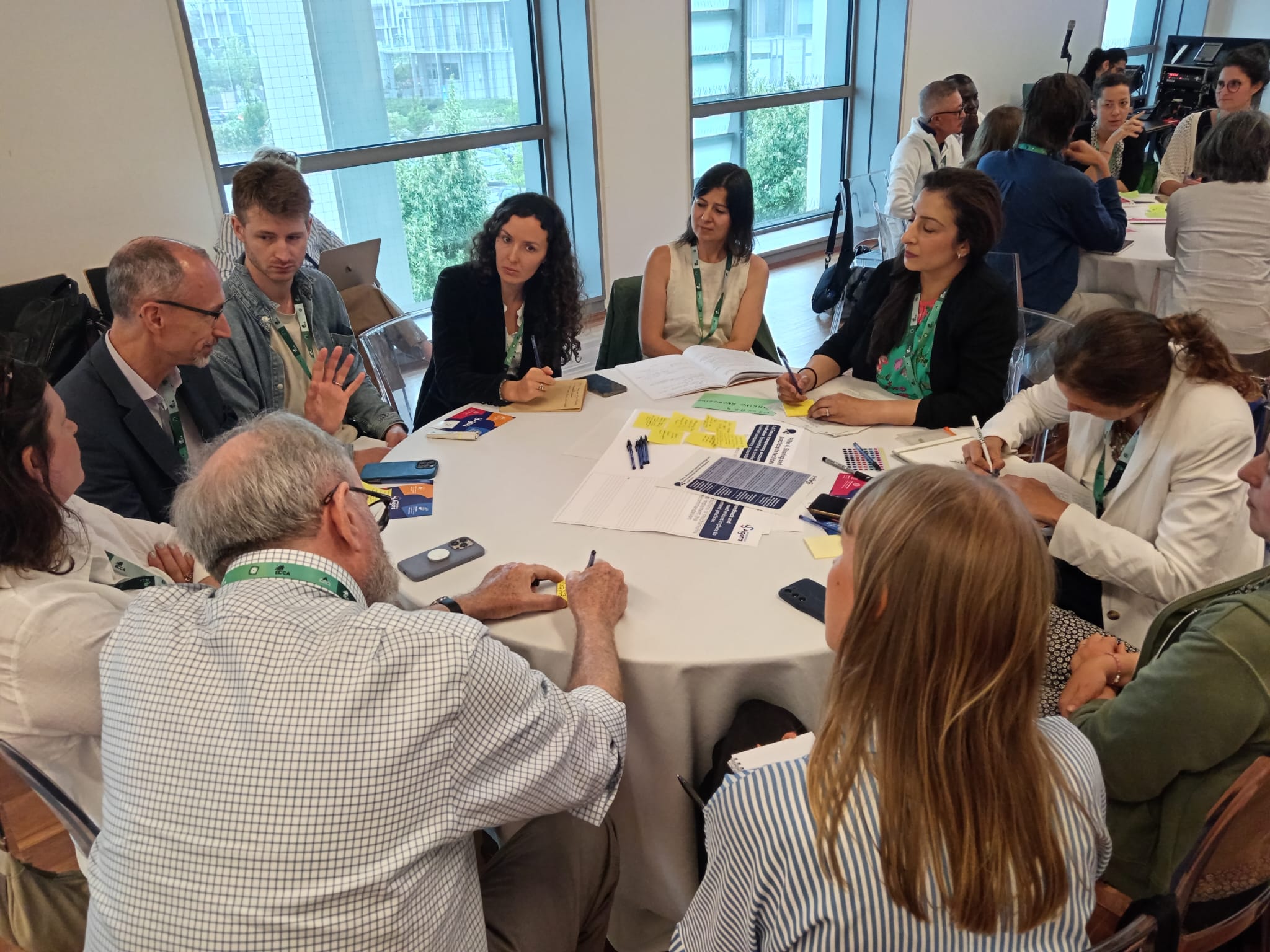The International Maritime Organization (IMO) adopted a resolution that sets the target of cutting carbon dioxide emissions in shipping by 50% before 2050, and the complete decarbonization of the sector as a long-term goal.
The shipping sector accounts for 80% of global trade in physical units, with a carbon footprint comparable to Germany’s. A 2015 report from the European Parliament states that “emissions are projected to increase by 50 to 250% in the period up to 2050”, which risks undermining the efforts that are being made in order to respect the Paris Agreement’s goals.
A “step forward”, but an insufficient contribution to the 1.5°C scenario
European Commissioner Miguel Arias Cañete welcomed the agreement as a “significant step forward”, but it is far from the 70-100% cuts that he had previously described as a “feasible” and “adequate” contribution from the shipping sector to the Paris Agreement. For the OECD, “an alignment of international shipping to a 1.5°C scenario would require decarbonisation of the sector between 2035 and 2050”, which the IMO failed to agree on.
“In 20 years, almost nothing has been done”
This agreement is a stepping stone for the shipping industry, since it was excluded from the 2015 Paris pact -along with the aviation industry. According to Brice Bohmer, a Programme coordinator at Transparency International, “Since 1997, the IMO’s mission has been to encourage the reduction of the sector’s greenhouse gases emissions, as part of the Kyoto protocol. But in 20 years, almost nothing has been done”.
Why is this agreement only happening now?
A first explanation for this lack of action is the diversity of interests at stake in this discussion: if the European Union and the Marshall Islands – a country vulnerable to the sea level rise and intensifying tropical storms that come with global warming – pushed for stricter regulations, major emerging economies led by Brazil fought a cap on emissions that could inhibit trade and development. As an example, the idea of slowing vessels down “draws ire from countries that export perishable goods”, The Economist says.
A second explanation could be that “Progress on regulation has been stalled by powerful shipping trade associations”. The shipping sector has been “capturing the regulatory process”, states the research firm InfluenceMap, that has uncovered that 31% of nations were represented in part by direct business interests at a recent IMO committee meeting.
The next steps for maritime shipping
According to the OECD, “Maximum deployment of currently known technologies could make it possible to reach almost complete decarbonisation of maritime shipping by 2035”. The IMO failed to clearly spell out how it will reach its goal, but in order to meet the target, most new ships built in the 2030s will have to run on zero carbon renewable fuels. As Miiko Peris, European Union negotiator at the IMO states, the technology exists, but other countries and actors must be talked into investing.
Now that the initial strategy has been finalized, the IMO will consider which, if any, of the short-term measures should be made mandatory. An additional intersessional working group is planned for later this year, focused on developing an implementation plan for short-term measures.






